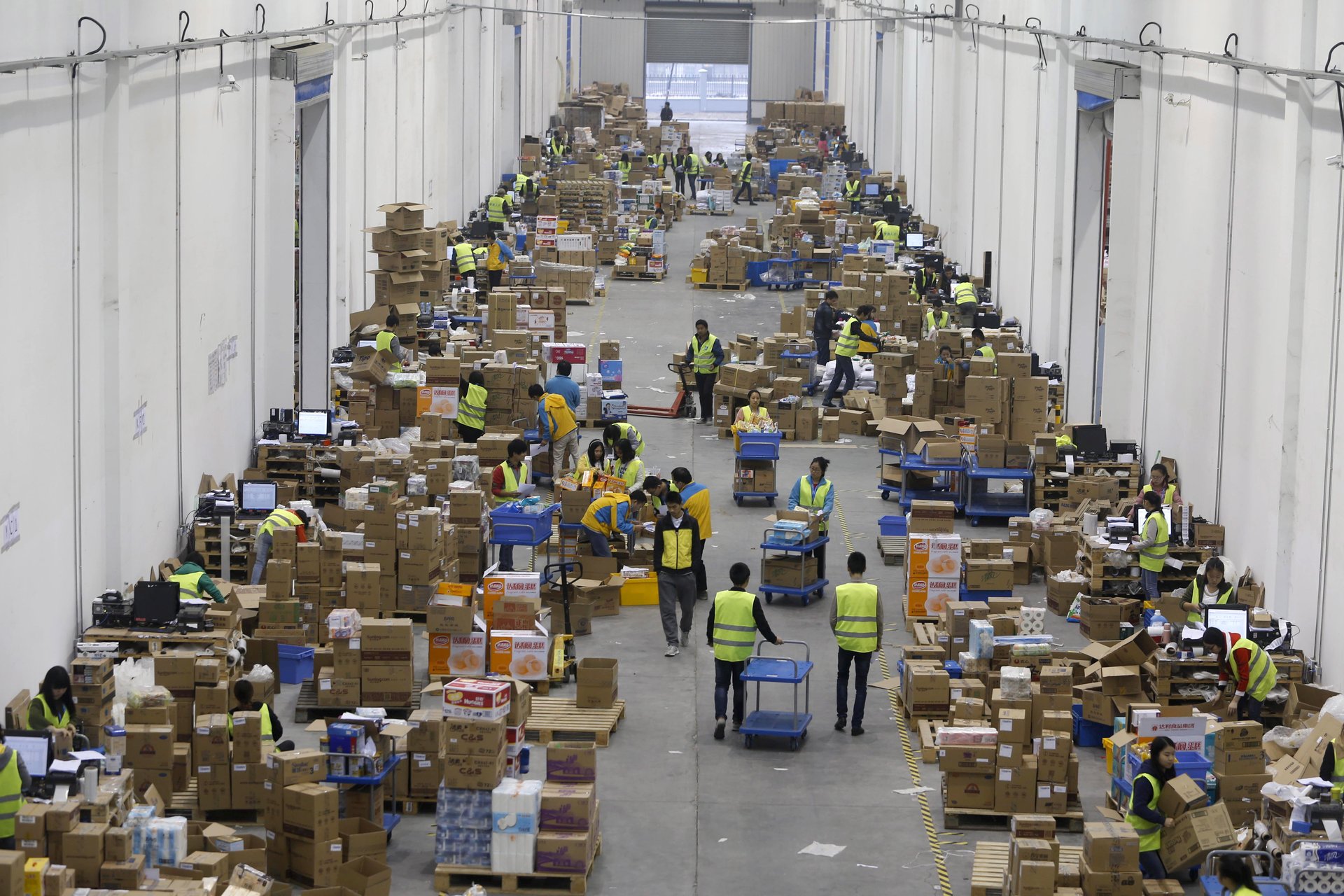India’s bruised e-commerce market is still a retail sweet spot
India’s e-commerce companies have hit a rough patch thanks to the country’s latest foreign direct investment (FDI) policy, which came into effect on Feb. 01.


India’s e-commerce companies have hit a rough patch thanks to the country’s latest foreign direct investment (FDI) policy, which came into effect on Feb. 01.
But analysts believe this is just a phase.
The e-commerce industry in India is expected to cross $100 billion (Rs7.16 lakh crore) in sales and be between $125 billion and $150 billion by March 2020, CARE Ratings said in a note on Feb. 01. The rating agency pegs India’s e-commerce market at $38.5 billion currently.
“With advancements in quality of internet access, payments and computing on mobile platforms and changed consumer behaviour with a large active internet user base, customers have the ever-increasing choice of products at the lowest rates by various retailers,” CARE said. “E-commerce is probably creating the biggest revolution in the retail industry, and this trend would continue in the years to come.”
As the industry grows, its share in India’s overall retail market is also set to increase significantly. E-commerce will contribute 12-15% of India’s overall retail by March 2020 from just 5.7% now, according to the note by CARE.
These estimates come despite the new FDI norms for the industry. On Dec. 26, prime minister Narendra Modi’s government had announced several restrictive policy changes for online retailers. This includes barring them from entering into exclusive deals to sell products at deep discounts. The new policy also stops them from procuring over 25% of the inventory from a single vendor, especially from sellers in which the companies own a stake in.
The changes have forced Amazon and Flipkart to take down several sellers from their platforms. Mumbai-based rating agency CRISIL had projected that Amazon and Flipkart may lose up to 40% in revenue—between Rs35,000 crore ($5 billion) and Rs40,000 crore—by 2020 due to the new FDI norms.
But the sector’s growth is intact. At worst, it has been impacted only temporarily. Both Amazon and Flipkart are working out plans to hedge against the new rules. “The changes are happening as we speak, and they (e-tailers) will be back to full capacity soon,” an industry source told Quartz.
Favourable factors
The biggest support for the growth of online commerce in India is the penetration of mobile internet. Each month, India adds around 10 million daily active internet users, according to CARE.
Internet users in India are expected to increase from 560 million as of September 2018 to about 830 million by 2021 as per estimates from India Brand Equity Foundation, a trust set up under the ministry of commerce and industry. The growth will mostly come from rural areas. While internet penetration in India’s urban areas is currently 82.1%, in rural areas it’s just 19.5%, which provides enough room for growth.
A 2016 report by industry body ASSOCHAM and research firm Forrester pegs e-commerce in India to grow at 51% annually, the highest in the world, to reach $200 billion by 2026.
The troubles that have currently beset the industry then, may soon pass; and the long-term picture of e-tailing is anything but gloomy.